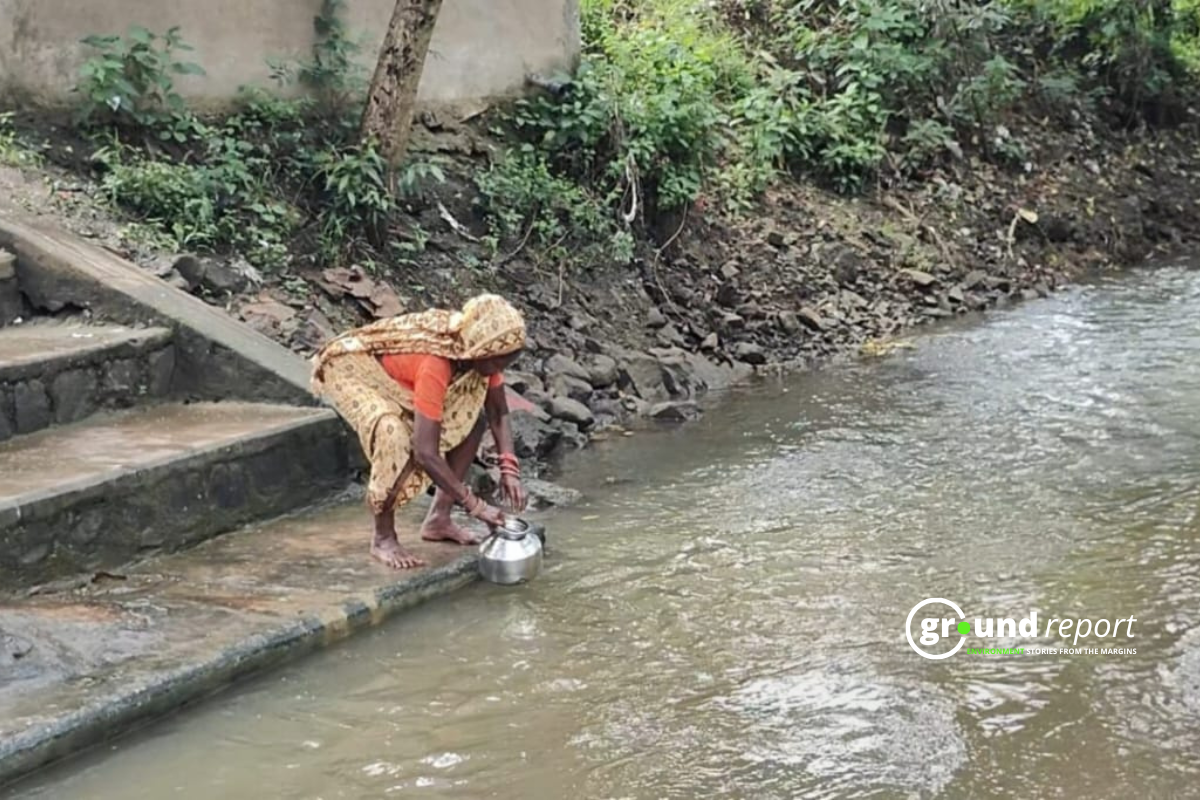The primary source of freshwater for multiple uses around the world is groundwater. Groundwater is primarily used as a source in the semiarid part of the Indian states for drinking and irrigating the land. However, Groundwater dependence has grown significantly due to the population’s fast growth, intensive agricultural activities, and agriculture-based industries.
The extent and rate of groundwater depletion
Groundwater is crucial for irrigation, home use, and industrial water supply. Geographers and hydrologists are gravely concerned about the overuse of groundwater in some regions. Groundwater stock depletion rather than absolute exhaustion results from excessive groundwater use. One of the country’s most agriculturally developed areas, the Punjab-Haryana Plain, has experienced groundwater depletion in several administrative blocks. Haryana is primarily dry and semiarid, with minimal rainfall ranging from 300 mm in the southwest to 1200 mm in the northwest.
In Punjab, 78.9% of the blocks have been classified as “overexploited.” In 18 of the 22 districts in Punjab, the water table dropped by more than a meter every year between 1998 and 2018. According to the report, Punjab had 192,000 tube wells in 1970–1971. This amount increased to 1.38 million by 2011–2012. The area irrigated by canal has shrunk from 58.4% to 28% over the last 60 years, while the area irrigated by tubewell has increased from 41.1% to 71.3%. Mainly smallholder farmers are using tubewells since they cannot meet their needs with the water provided by canals.
According to the first-ever village-level survey, the Haryana Water Resources Authority estimated that 1,780 out of 6,885 villages in the state were “severely groundwater stressed” in 2020. Aquifer water levels in some villages have dropped to 30 meters or less. The 2021 State of Groundwater study states that as of March 2020, groundwater levels had sharply decreased in 70% of Uttar Pradesh’s 822 blocks and 80% of urban areas.

The effects of groundwater depletion on agriculture
Groundwater resources have been alarmingly depleted in recent decades, drawing the attention of academics, scientists, administrators, agriculturists, planners, and policymakers everywhere. Therefore, there is an urgent need to manage and utilize excess accessible water logically and sensibly. This is made possible by interventions like the creation of adequate groundwater structures. The procedure will match the drought rate and close the gap between the supply and demand for water. In India, groundwater today supplies more than 85% of the country’s drinking water demands, 58% of its agricultural needs, and more than 50% of its urban and industrial water needs. In the coming year, it will also play a significant role in satisfying the water needs of irrigated agriculture. The vast number of tube wells heavily burdens the IndoGangetic groundwater storage.
Two broad aspects of the ecological strategy were considered: agricultural practices and irrigation methods. Two significant crops in the area such as wheat and rice, require a lot of water in the form of irrigation. Farmers have been harvesting groundwater in the most haphazard and irrational ways due to a lack of surface water. The region’s ecological health has suffered as a result of groundwater extraction. To break this tendency, the following measures were proposed:
- Altering the current crop sequence.
- Improving farmers’ understanding of crop water requirements through farmer education programs.
- Combining the use of surface and groundwater.

The approaches for reversing the depletion
More significantly, thousands of private tube wells have been using groundwater. There should be a private sector accounting for the majority of groundwater consumption. Additionally, it was discovered that the State government had limited the NABARD money in the block designated as grey and dark. In the dark block, loans and subsidies for installing tube wells were not offered. Along with these institutional strategies, the study area employed the following technological strategies: (1) effective and water-saving irrigation techniques, such as sprinkler irrigation, drip irrigation, and direct irrigation tubewells; and (2) the State government is attempting to educate farmers through various programs.
Follow Ground Report for Climate Change and Under-Reported issues in India. Connect with us on Facebook, Twitter, Koo App, Instagram, Whatsapp and YouTube. Write us on GReport2018@gmail.com.









